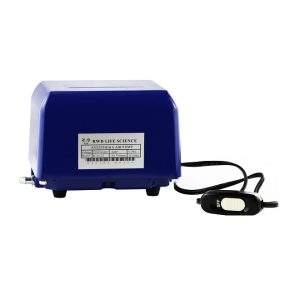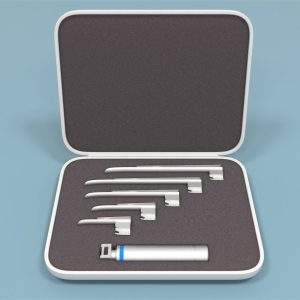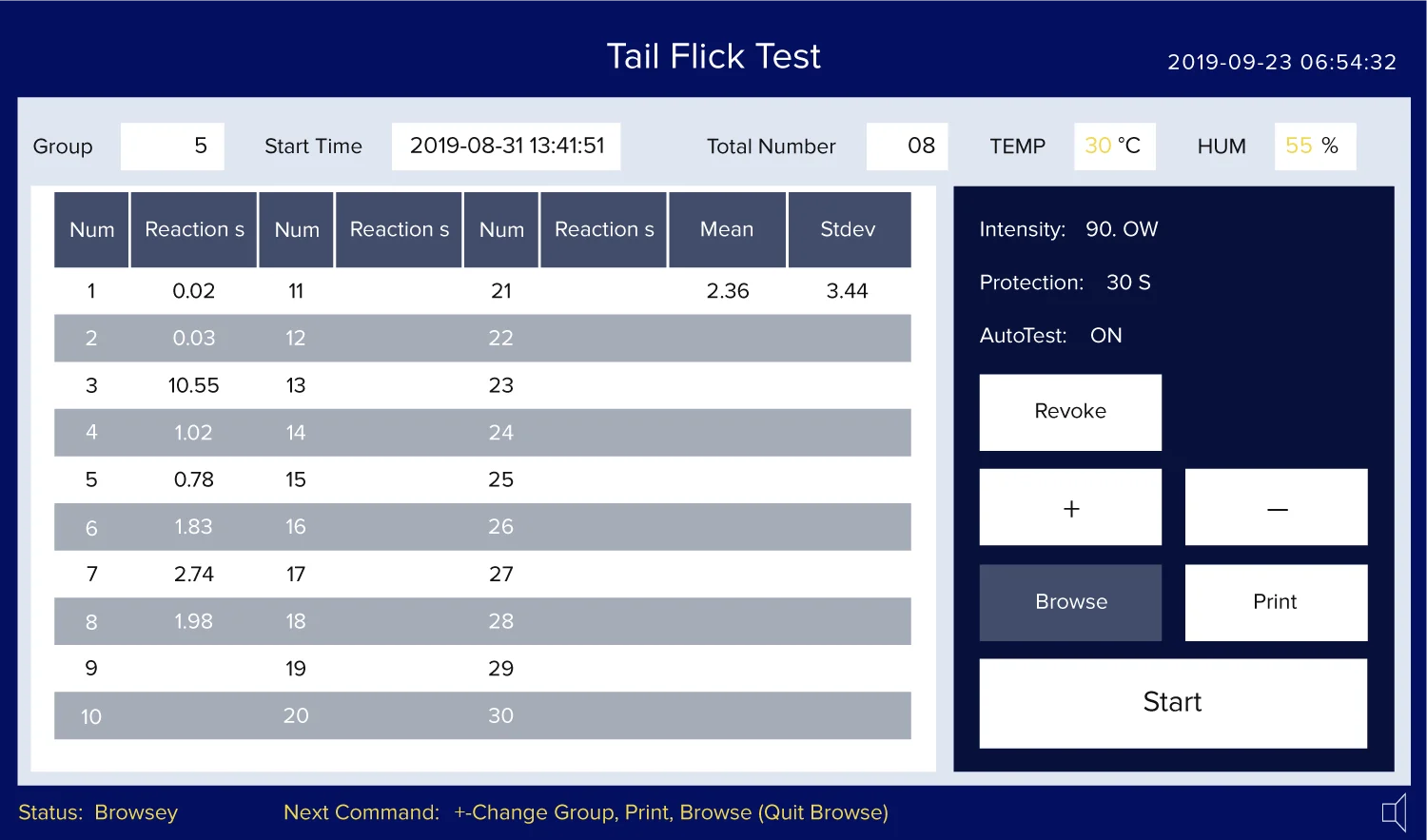$3,990.00
The Tail Flick test, introduced by D’Amour and Smith in 1941, was designed to assess pain responses in rats. In their study, they explored how various substances, including cobra venom, affected pain perception. Unlike the Hargreaves Plantar test, which applies heat to the center of a rodent’s hind paw, the Tail Flick test involves applying heat to the rodent’s tail. The results of the Tail Flick test can vary based on the specific strains and species of the rodents, as well as their adaptation to being restrained.
There are two primary methods for conducting the Tail Flick test. One method involves immersing the tail in water heated to a specific temperature, while the other applies radiant heat directly to a portion of the tail. Proper acclimatization to handling is crucial for both methods. Similar tests to the Tail Flick include the Hargreaves Plantar test, the Hot-Cold Plate test, and the Thermal Gradient test.

MazeEngineers offers custom-built behavioral mazes at no extra cost—designed to fit your exact research needs. Eliminate reproducibility issues from poor sizing or lingering scent cues with precision-engineered, modular, and smart mazes that adapt in real time to animal behavior. Publish new protocols, run adaptive experiments, and push the boundaries of behavioral science.




Take advantage of Neuralynx, Ethovision Integration, SMS and Email integration with the Conductor Science Software. No I/O Boxes Required


Chapman CR, Casey KL, Dubner R, Foley KM, Gracely RH, Reading AE (1985). Pain measurement: an overview. Pain. 22(1):1-31.
D’Amour F. E., Smith D. L. (1941). A method for determining loss of pain sensation. J. Pharmacol. Exp. Ther. 72, 74–79.
Deuis JR, Dvorakova LS, Vetter I (2017). Methods Used to Evaluate Pain Behaviors in Rodents. Front Mol Neurosci. 10:284. doi: 10.3389/fnmol.2017.00284
Haddadi H, Rajaei Z, Alaei H, Shahidani S (2018). Chronic treatment with carvacrol improves passive avoidance memory in a rat model of Parkinson’s disease. Arq Neuropsiquiatr. 76(2):71-77. doi: 10.1590/0004-282X20170193.
Irwin S, Houde R.W, Bennett D.R, Hendershot L.C, Seevers M.H (1951). The effects of “m”e and “m”on some reflex responses of spinal animals to nociceptive stimulation. J Pharmacol Exp Ther. 101(2):132-43.
Li Q, Zhuang Q, Gu Y, Dai C, Gao X, Wang X, Wen H, Li X, Zhang Y (2018). Enhanced analgesic effects of “n” in combination with “a” in rodents. Biomed Rep. 2018 Feb;8(2):176-183. doi: 10.3892/br.2017.1032.
Nealon CM, Patel C, Worley BL, Henderson-Redmond AN, Morgan DJ, Czyzyk TA (2018). Alterations in nociception and “m” antinociception in mice fed a high-fat diet. Brain Res Bull. 138:64-72. doi: 10.1016/j.brainresbull.2017.06.019.
Pizziketti RJ, Pressman NS, Geller EB, Cowan A, Adler MW (December 1985). “Rat cold water tail-flick: a novel analgesic test that distinguishes “o” agonists from mixed agonist-antagonists“. Eur. J. Pharmacol. 119 (1–2): 23–9. doi:10.1016/0014-2999(85)90317-6.
There are no questions yet. Be the first to ask a question about this product.
Monday – Friday
9 AM – 5 PM EST
DISCLAIMER: ConductScience and affiliate products are NOT designed for human consumption, testing, or clinical utilization. They are designed for pre-clinical utilization only. Customers purchasing apparatus for the purposes of scientific research or veterinary care affirm adherence to applicable regulatory bodies for the country in which their research or care is conducted.